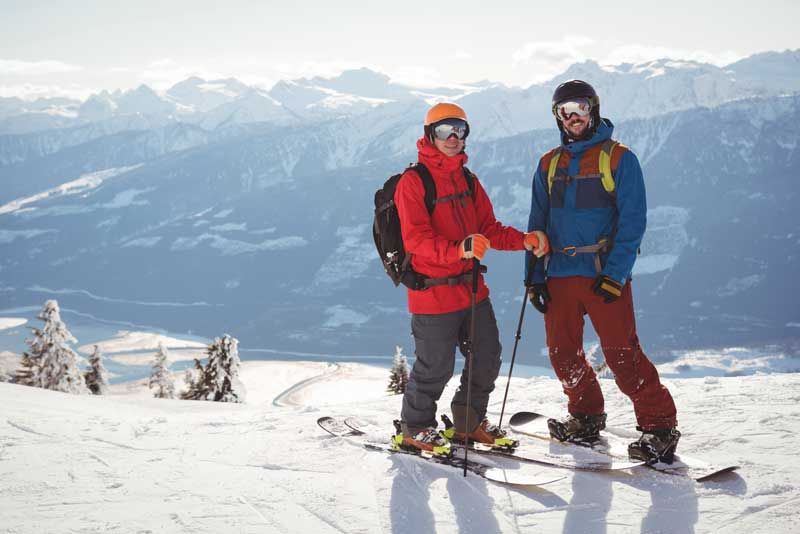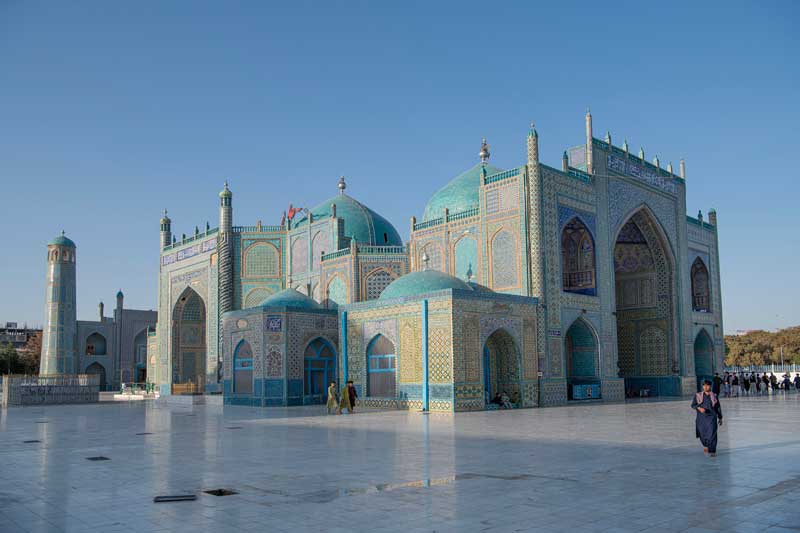What to Wear During Travel in Afghanistan: A Guide by Silk Road Afghanistan Travel
Traveling to Afghanistan offers a unique cultural experience, deeply enriched by its historical significance along the ancient Silk Road. However, understanding and respecting local customs, especially in terms of dress code, is essential for every traveler. Silk Road Afghanistan Travel provides practical advice on what to wear to ensure both respect for cultural norms and personal comfort while exploring this fascinating country.


Understanding Local Dress Codes
Afghanistan is a conservative country where traditional values heavily influence dress codes. Dressing appropriately not only shows respect for local customs but also helps in blending in, which can enhance personal security during your travels.
Basic Guidelines for All Travelers
- Modesty is Key: Both men and women should aim to cover their arms and legs. Loose-fitting clothing that does not accentuate body shapes is highly recommended.
- Women’s Attire: Women should wear long skirts or pants and long-sleeved tops. It is also advisable for women to carry a scarf to cover their hair when visiting religious sites or rural areas, as this is a sign of respect.
- Men’s Attire: Men should wear long trousers and long-sleeved shirts. Shorts and sleeveless tops are generally not appropriate, especially in rural or traditional areas.
- Footwear: Comfortable walking shoes are essential, as many historic sites are on uneven terrain. Sandals can be worn but should be modest and may not be suitable for all locations.
Seasonal Considerations
Afghanistan’s climate varies significantly, from hot summers to cold winters, especially in mountainous regions:
- Summer (June to August): Lightweight and breathable fabrics like cotton are ideal for dealing with high temperatures while maintaining modesty.
- Winter (November to March): It is crucial to have warm clothing, including a heavy coat, gloves, and a warm hat, as temperatures can drop significantly, particularly at higher altitudes.
Cultural and Practical Tips
- Color Choices: Neutral or darker colors are generally preferable, as they attract less attention and are suitable for the dusty conditions often found in Afghan cities and rural areas.
- Accessories: A wide-brimmed hat and sunglasses can provide protection from the sun. A backpack is practical for carrying water, snacks, and other essentials while keeping your hands free.
- Cultural Sensitivity: When visiting mosques and religious sites, additional modesty measures should be taken. Women might be required to wear a chador (a large cloth that covers the body) in some mosques, often provided at the entrance.
Silk Road Afghanistan Travel's Recommendations
As experts in travel within Afghanistan, Silk Road Afghanistan Travel emphasizes the importance of dressing not only for comfort but also to honor the local traditions. The company provides travelers with detailed, up-to-date advice on what to wear based on their specific itinerary and the current cultural climate.
Conclusion
Dressing appropriately while traveling in Afghanistan is crucial for both respecting the local culture and ensuring a comfortable journey. By following these guidelines from Silk Road Afghanistan Travel, visitors can enhance their experience, showing respect and consideration for the traditions and norms of the Afghan people. This approach not only enriches the travel experience but also contributes positively to the interactions between locals and tourists, fostering an environment of mutual respect and understanding.

